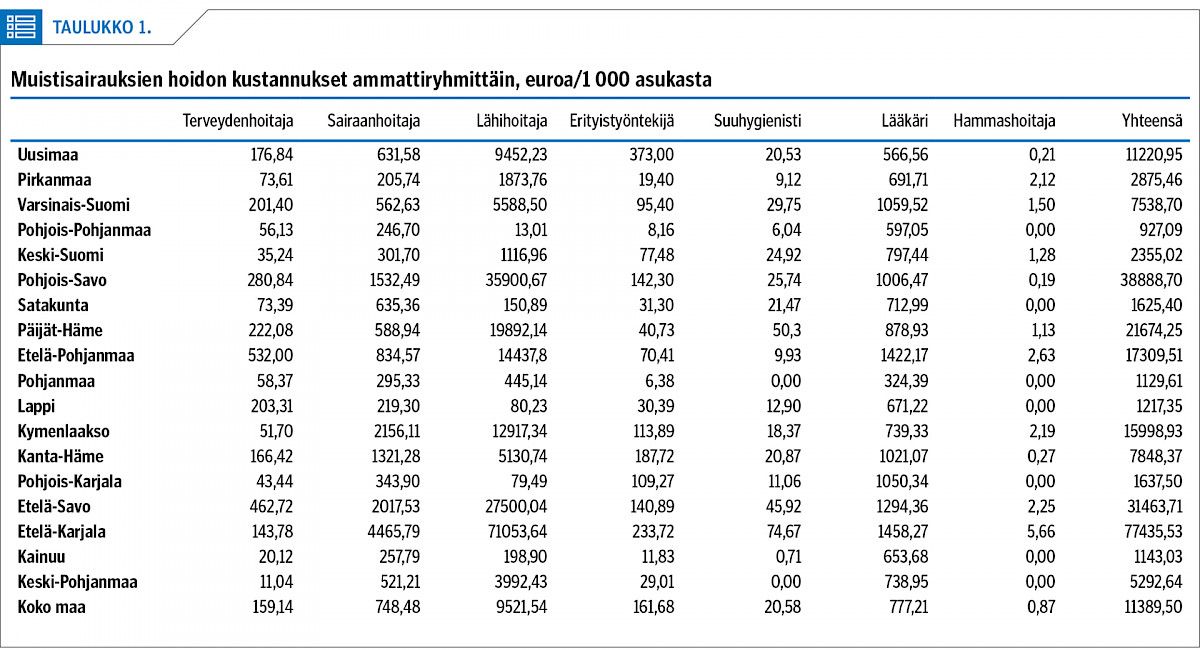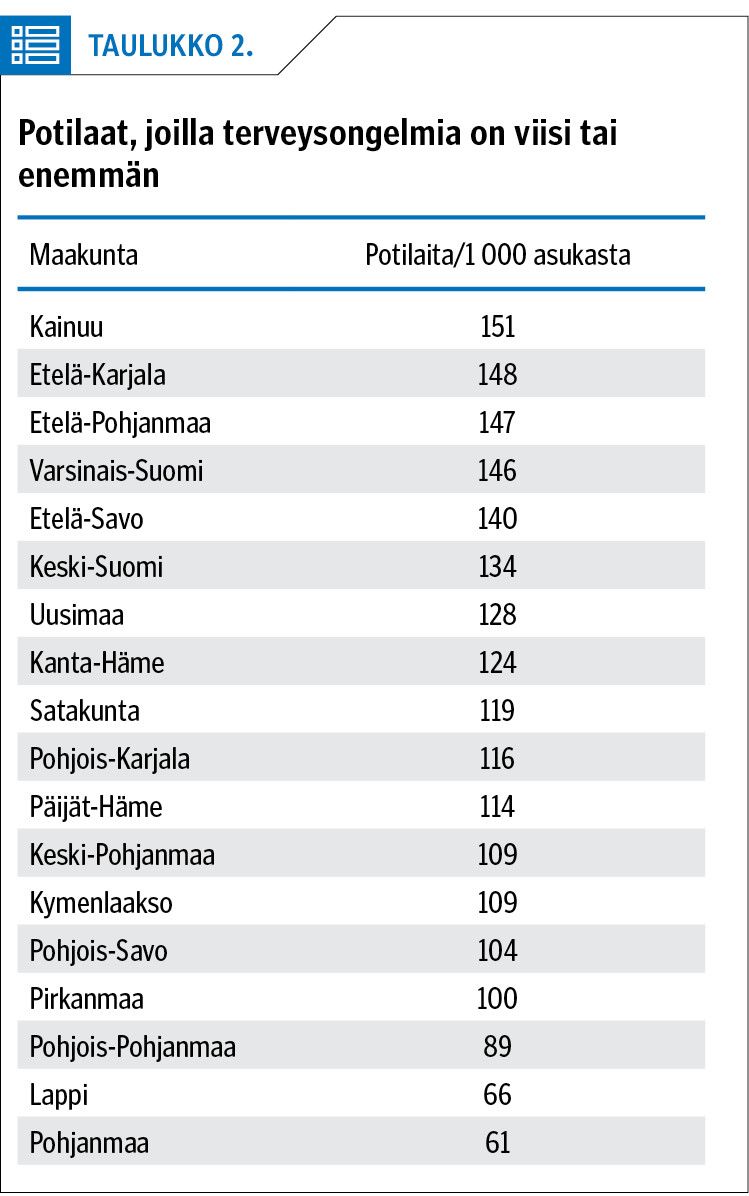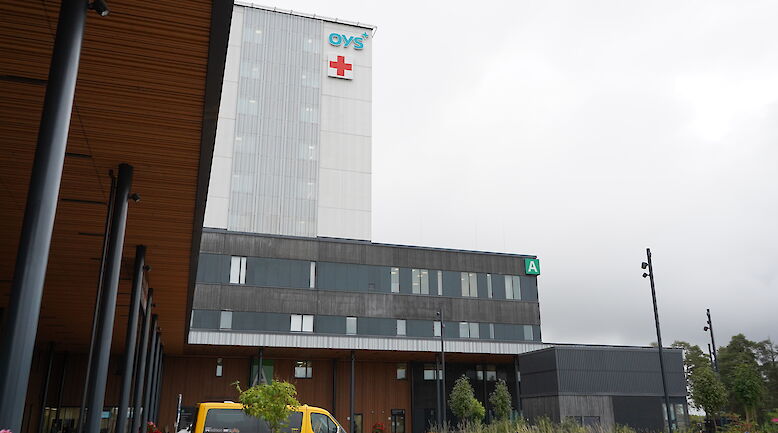The national primary health care case-mix described

Background In the national reform of social welfare and health care, customer orientation has been advanced as a key strategic goal, whereas the economic goal involves major cost-cutting efforts. In order to be customer-oriented and to understand what part of the production is tied to the costs, it is necessary to know the whole case-mix. To provide customer-driven and resource-based funding, tools for meeting goals are needed. This study describes case-mix and resource use in primary health care (PHC).
Methods The Patient Classifier for Outpatient Care was applied to the national Avohilmo Registry in 2015–2016. Costs were added to the data according to the size of the area being examined in the vignette areas for which the cost structure was known. The areas were compared by registration activity, production and costs.
Results The national PHC case-mix was described. Recording activity of the professionals was at an acceptable level, but there were regional variations in recording, costs and occupational-group-specific division of labour.
Conclusions With productisation health care services can be reliably reviewed. Looking at the economy together with production data is the only way to find out the direction of a business and keep it on an acceptable course. Productisation provides acceptable data-driven management for both services and financial management and customer-oriented service development. The basic prerequisite is a high quality of the register information and the two-way flow of data.














